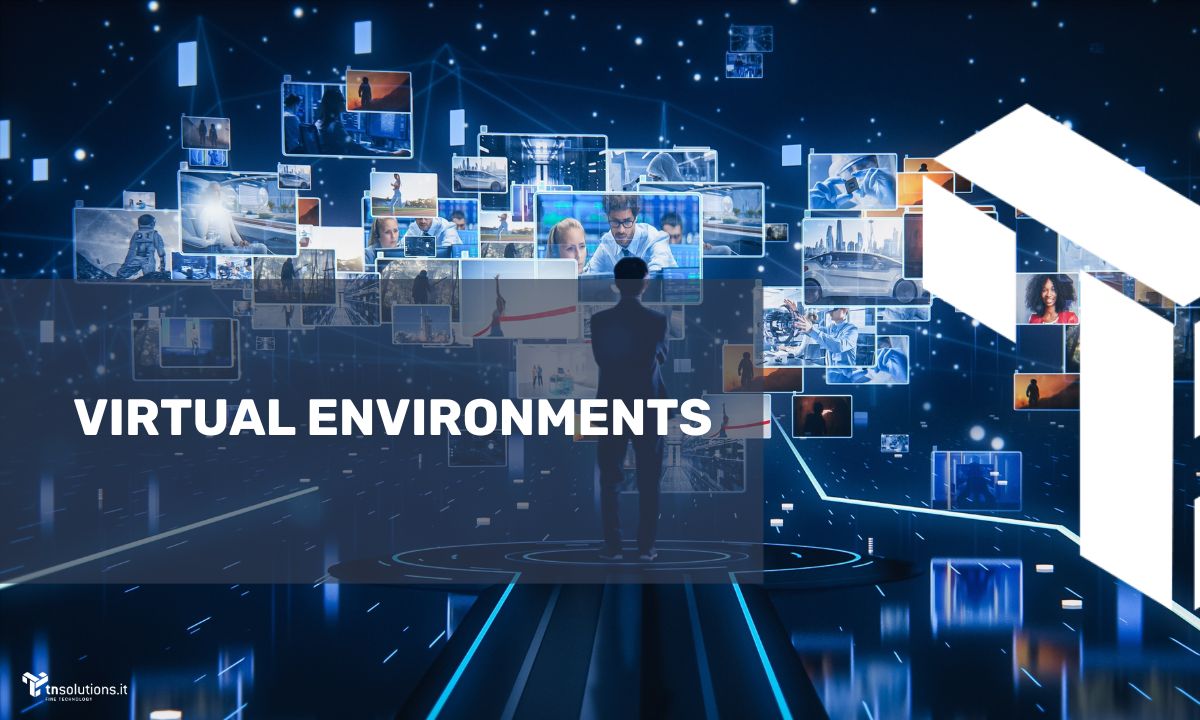
Virtual environments are at the frontier of modern technology, offering exceptional opportunities for creativity and innovation. This guide explores each step to help you design immersive and effective virtual spaces.

Know Your Audience
Understanding your target audience is essential before diving into virtual environment design. Study their interests, preferences, and expectations to shape an environment that captivates and engages them.
Plan in Detail
Detailed planning is critical to success. Outline clear objectives, establish a roadmap, and allocate necessary resources to ensure the project progresses efficiently and meets its goals.
Creating Engaging Virtual Environments: From Design to Launch
- 1. Ideation and Concept Design: Start with a strong idea. Concept design explores various ideas, allowing you to choose the best fit for your project goals and audience needs.
- 2. Content and Graphic Development: Once the concept is defined, bring the digital world to life through 3D models, textures, animations, and other visual elements. Focus on detail to create a rich, immersive experience.
- 3. Programming and Technical Development: Programming and technical implementation form the core of virtual environment creation. This phase involves developing interactivity, managing virtual physics, and optimizing for high performance.
- 4. Testing and Optimization: After implementation, conduct extensive testing to ensure functionality and quality. Fix bugs, resolve usability issues, and make necessary adjustments for an optimal user experience.
- 5. Distribution and Launch: Finally, it’s time to launch. Choose the right distribution platforms, promote the virtual environment, and gather user feedback to drive ongoing improvements.

Security and Privacy
Strong security and privacy measures are essential. Protect user data and ensure transparent policies on information collection within the virtual space.
Continuous Updates and Evolution
Stay responsive to technological advancements and user needs. egularly update and improve the virtual environment to remain engaging and relevant.
Essential Tips for Creating Engaging Virtual Environments
Designing virtual environments is both challenging and rewarding. Here are key principles to keep your virtual spaces user-friendly and innovative.
- Prioritize Usability and Accessibility: Ensure the environment is easy to navigate, with clear instructions for interaction. Accessibility for users with disabilities is crucial, so design inclusively.
- Embrace Technology: Stay current with the latest tech trends, such as virtual reality (VR) and augmented reality (AR). Experiment with new technologies to enhance user experiences.
- Gather Feedback: Listen to user feedback and use it to iterate and refine the virtual environment, creating a lasting and engaging digital experience.

Conclusion
Designing and implementing virtual environments requires a multidisciplinary approach and specialized skills. From ideation to launch, every step is vital for delivering high-quality virtual experiences. With careful planning, iterative design, and a commitment to innovation, you can create digital worlds that captivate and inspire users worldwide. If you’d like more information, feel free to contact us!




